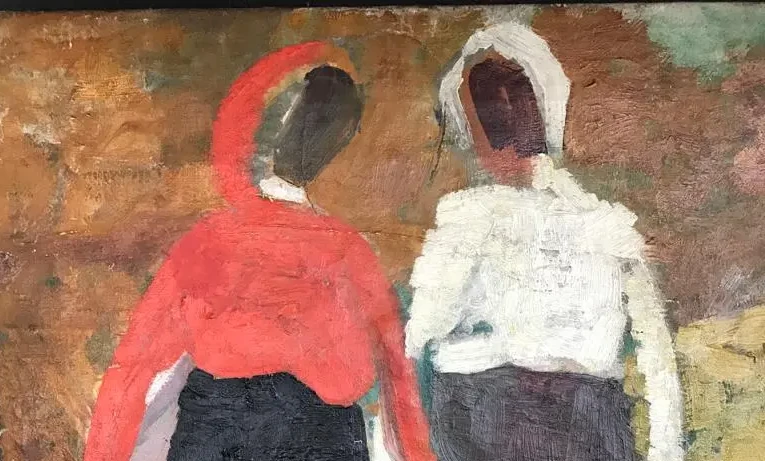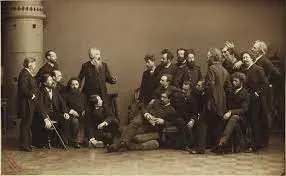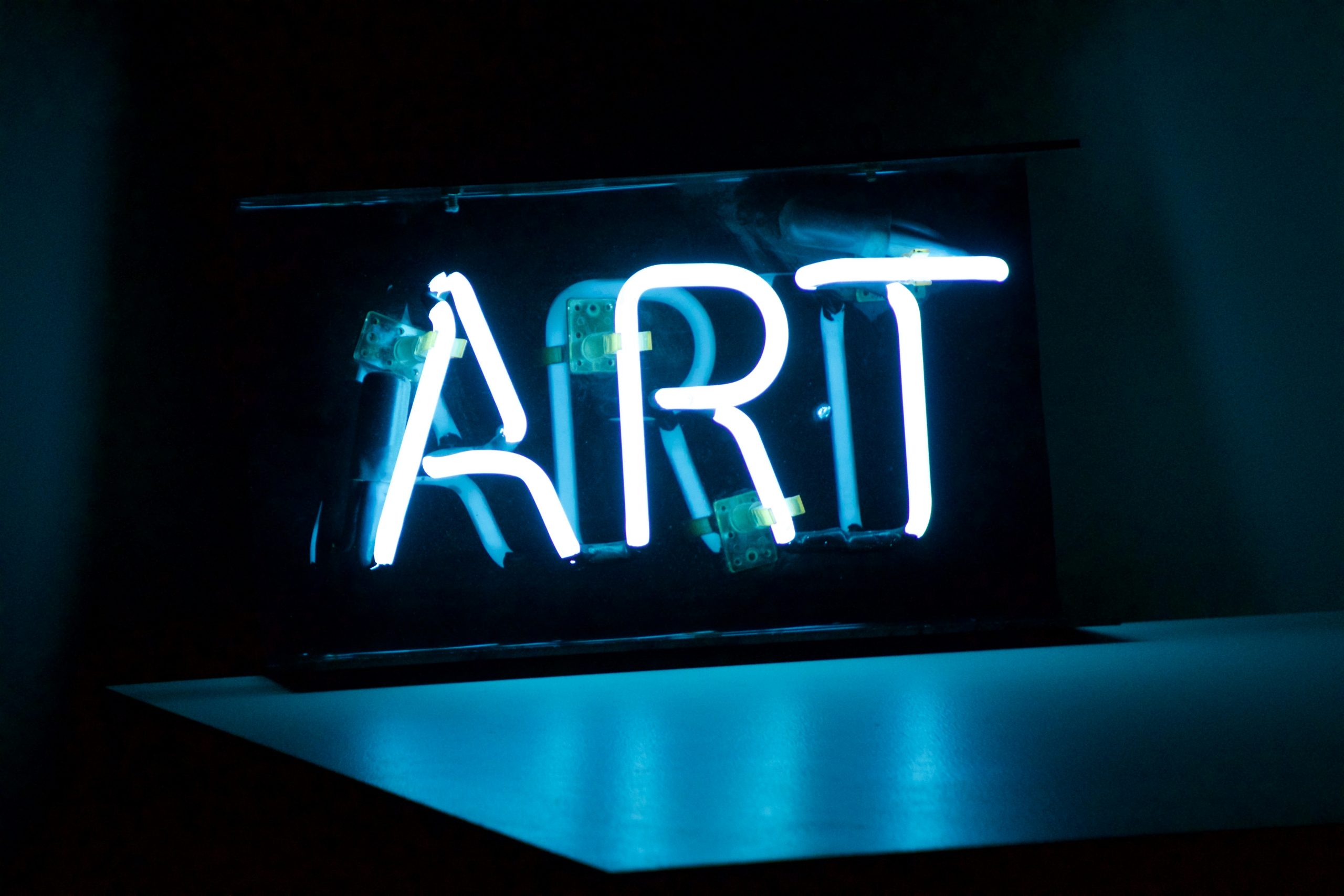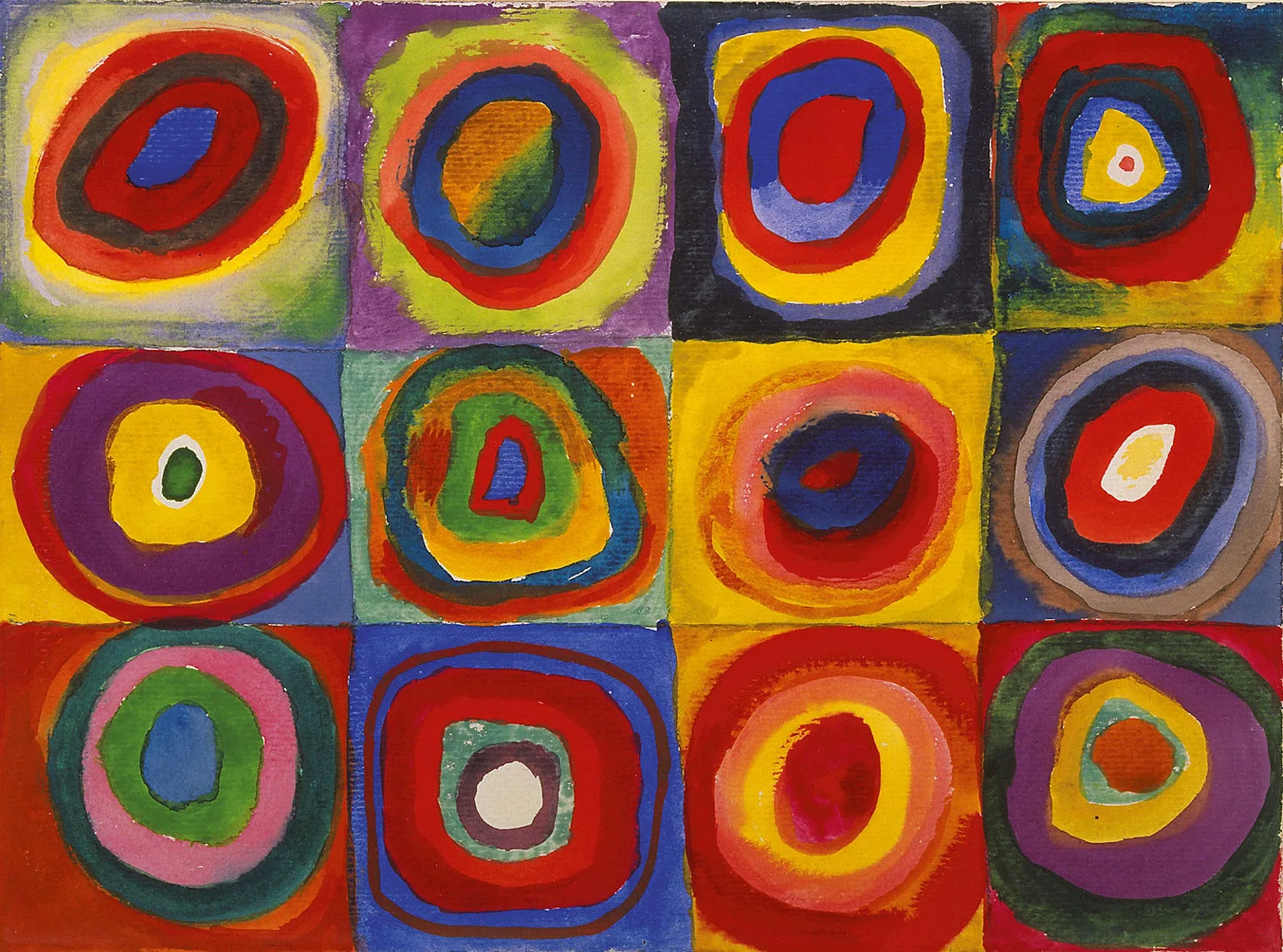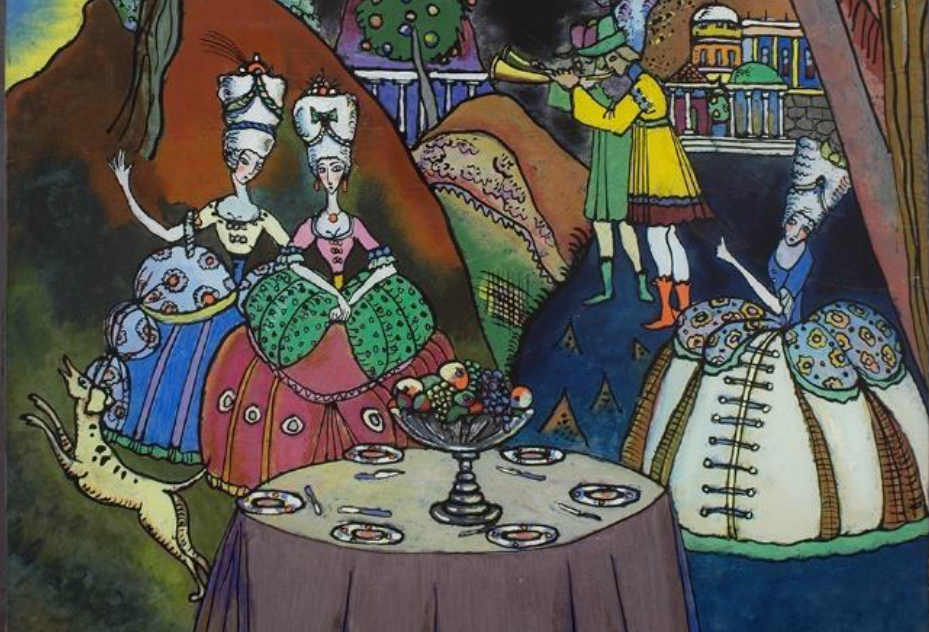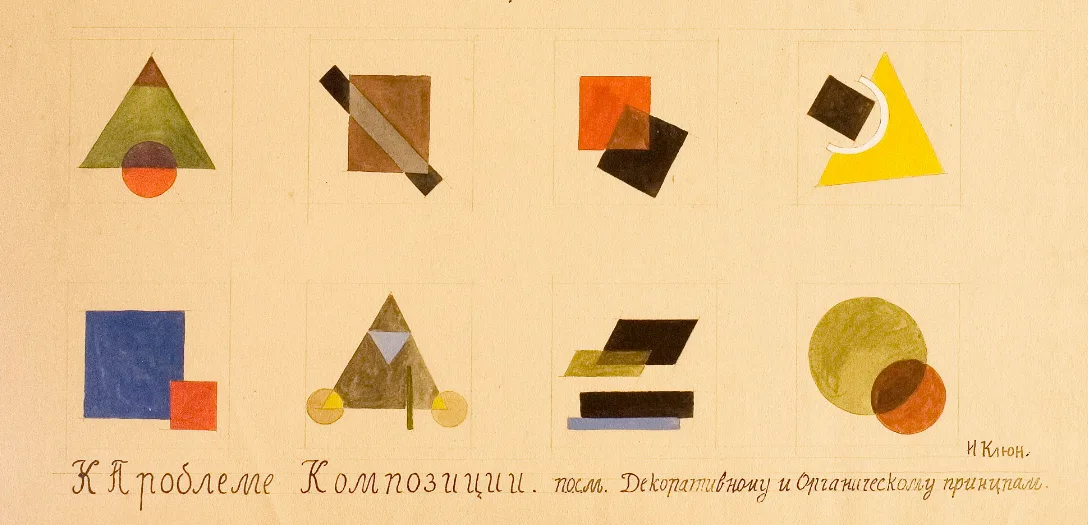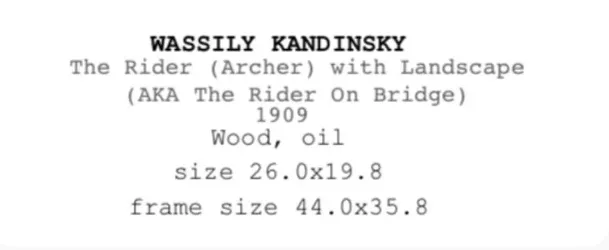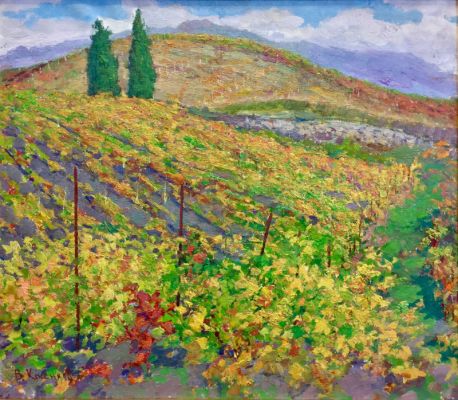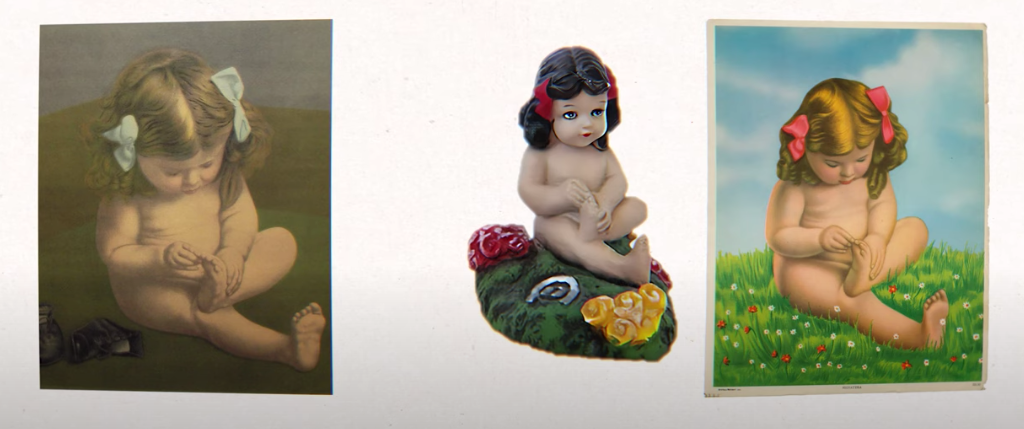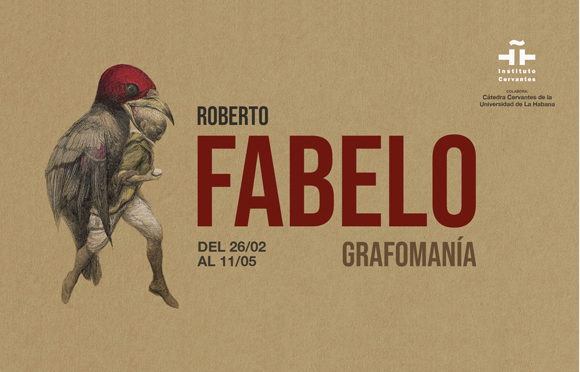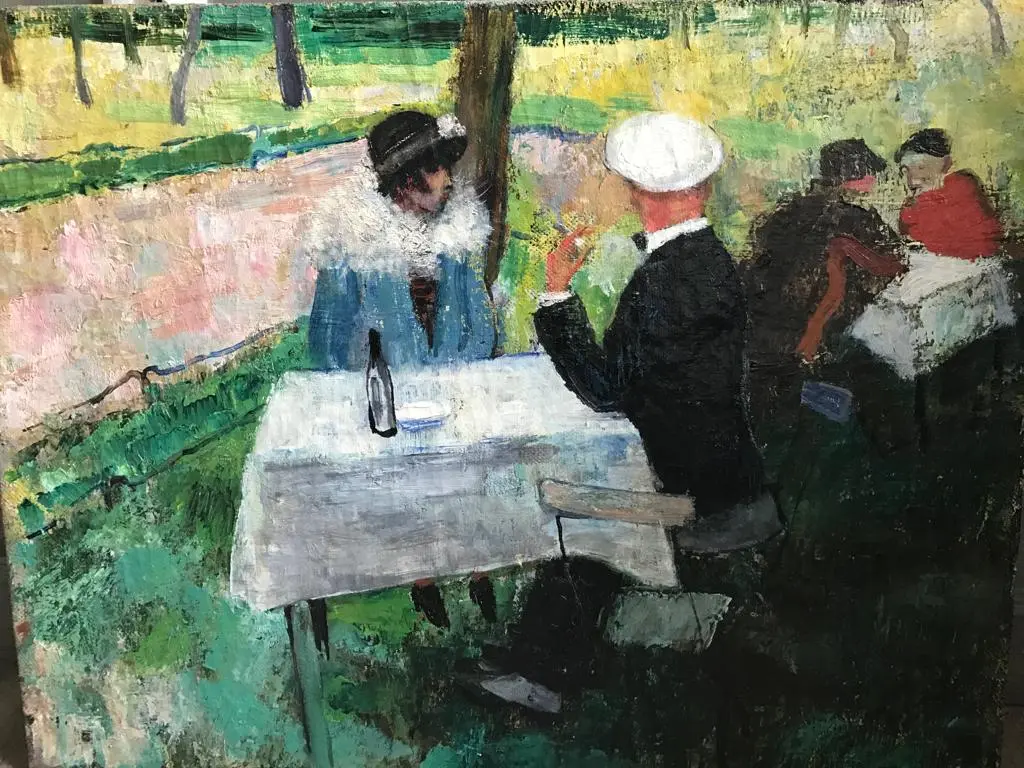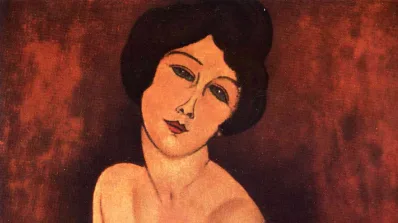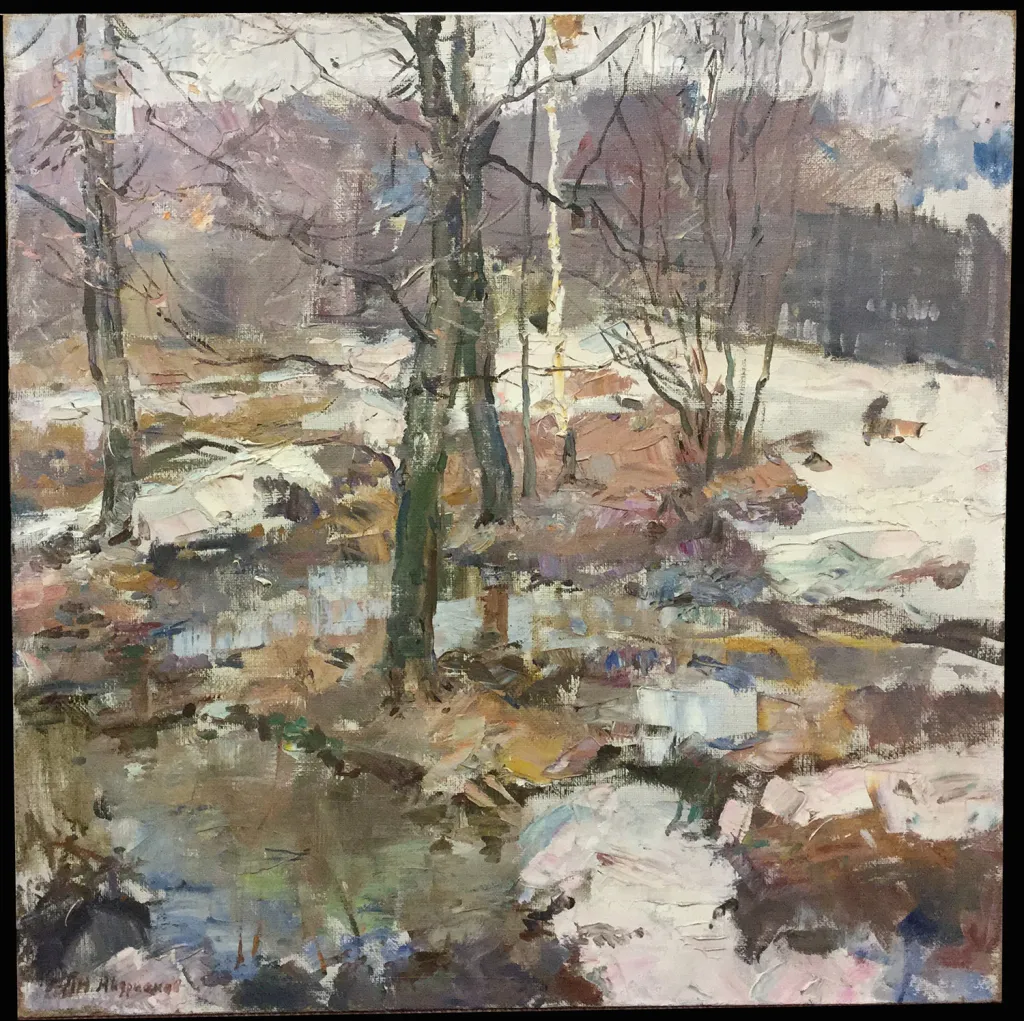Kazimir Malevich “Two Peasants” 1929-1930
Kazimir Malevich’s “Two Peasants” is a significant piece from his later period, showcasing his exploration of form and color within his distinctive style of Suprematism. Painted in 1929-1930, it reflects Malevich’s continued interest in geometric abstraction and the reduction of forms to their essential components. In “Two Peasants,” Malevich presents two figures in a simplified, almost schematic manner. The figures are reduced to basic shapes and lines, emphasizing the geometric nature of his Suprematist style. The colors used are typically muted and limited, with emphasis on black, white, and shades of gray, enhancing the starkness of the composition. Malevich’s motivations for painting such works during this period were likely multifaceted.…
The two peasant women – Kazimir Malevich
The first owner of this painting was avant-garde artist Alexei Gan, a co-founder of the First Working Group of Constructivists with Alexander Rodchenko and Varvara Stepanova. Gan edited Kino-fot (1922–23) and co-edited Contemporary Architecture (1928), where Malevich also published articles. His partner, Esfir Shub, was a noted documentary filmmaker. Two Peasant Women belongs to Malevich’s second peasant cycle of the late 1920s. This intense painting synthesizes Malevich’s avant-garde activities, drawing from his first peasant cycle of the early 1910s. The imagery aligns with Russian icon painting, with the two women’s postures echoing saints in Orthodox Deësis. Their golden-hued background resembles traditional icon backdrops, with a two-toned pozem effect. The scarves…
Why is Wassily Kandinsky “The Rider” (1909) an important work?
Why is Wassily Kandinsky “The Rider” (1909) an important work? Around 1910, Kandinsky’s artistic style began to shift significantly towards abstraction. In 1910, he completed his first truly abstract watercolor, marking a pivotal moment in his career. This period also saw the publication of his influential book “Concerning the Spiritual in Art” in 1910, where he explored the spiritual dimensions of art and its connection to music. Kandinsky’s notable works from this era include “Composition I” (1910), which was unfortunately destroyed during World War II. His paintings increasingly emphasized emotion through color and form, moving away from traditional representation. In 1911, he co-founded the influential group Der Blaue Reiter, further…
Why would Kazimir Malevich shift away from Suprematism after the 1920’s?
Kazimir Malevich’s evolving relationship with Suprematism in the post-1920s era was influenced by a variety of factors, reflecting a complex interplay of political, personal, and philosophical dynamics. Politically, the ascent of Joseph Stalin’s regime in Soviet Russia marked a significant shift in cultural policies, favoring Socialist Realism as the sanctioned artistic style. Suprematism’s abstract, non-representational approach clashed with the regime’s preference for art that served propagandistic purposes and depicted idealized Soviet themes. Consequently, Malevich encountered mounting challenges in showcasing and disseminating his Suprematist works within the state-controlled artistic milieu. However, Malevich’s relationship with Suprematism was not solely defined by external pressures. Internally, he experienced a gradual evolution of his artistic…
